Molecular jet spectroscopy
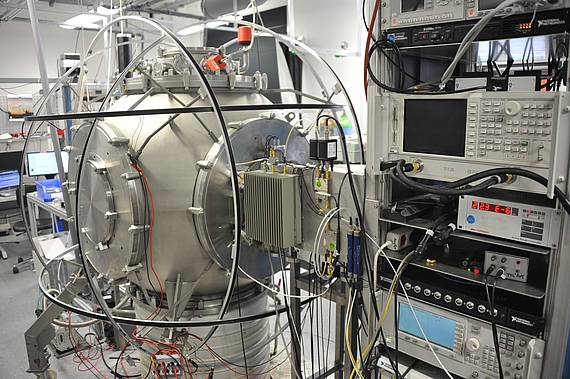
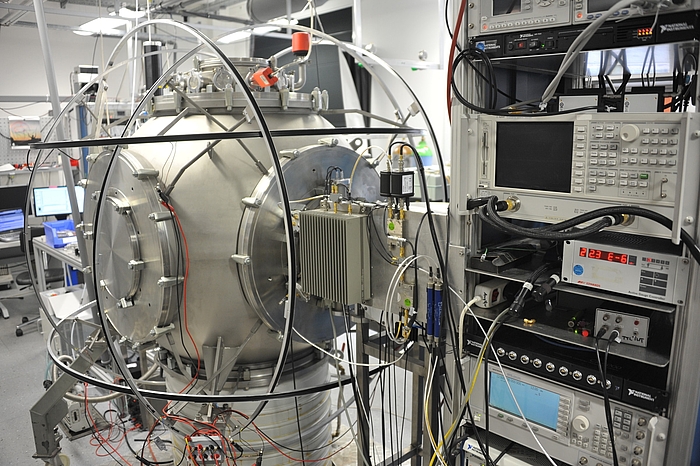
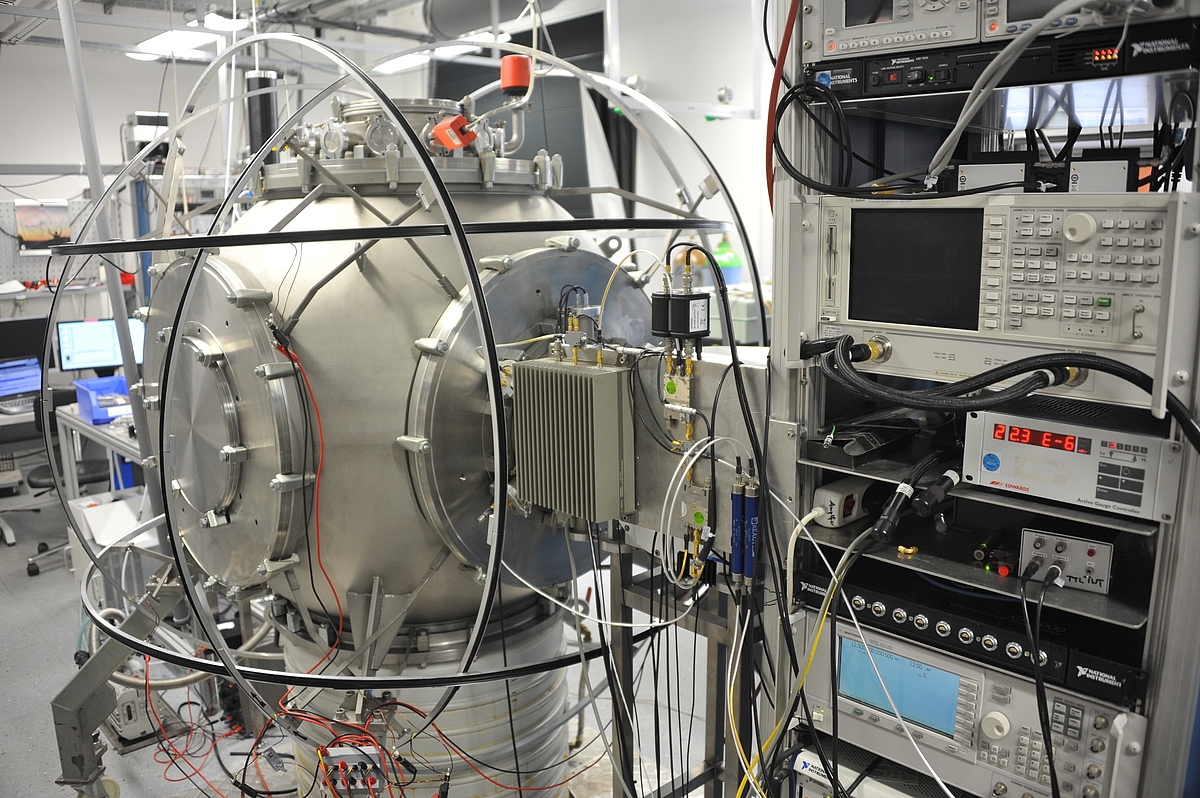
Developing state-of-the-art-setting high-resolution and broadband time-domain coherence techniques in FT microwave spectroscopy as well as various supersonic expansion sources, the group pursues the study of intra- and inter-molecular properties of molecules and their building blocks and aggregates, respectively. Time-domain coherence techniques in FT microwave spectroscopy are employed to study the structure and dynamics of clusters, astro-chemical and atmospheric compounds as well as small bio-molecules including their adducts to solvent molecules as well as for spectroscopic highest-end precision measurements in support of fundamental questions in Physics.
FT microwave spectroscopy
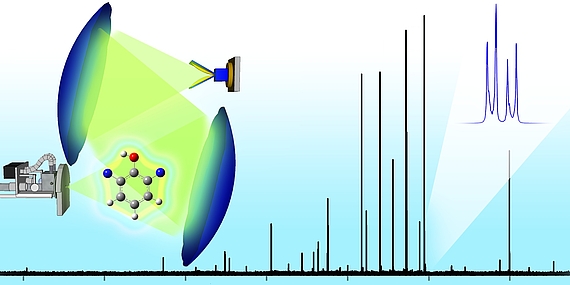
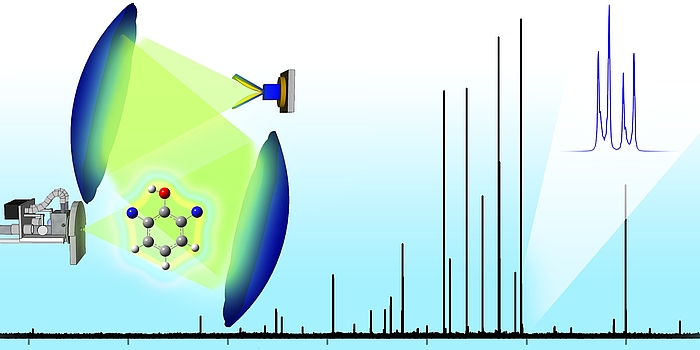
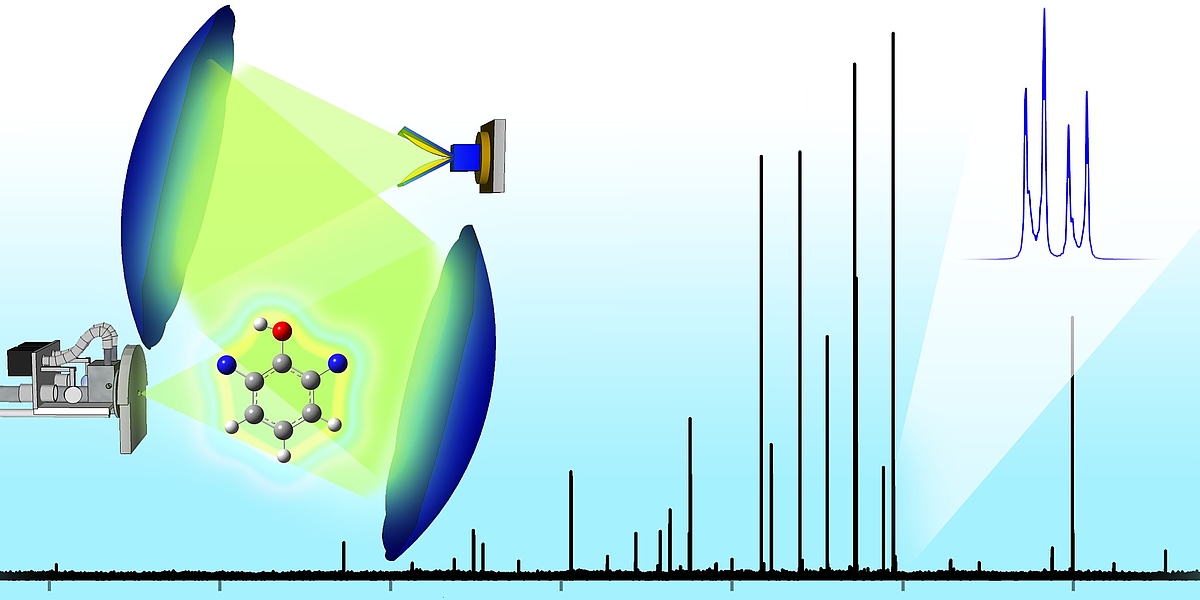
Today’s FT microwave spectroscopy comprises a multitude of new time-domain techniques - which, quite essentially, have been developed by us to record spectra at high detection sensitivity and frequency accuracy as well as precision - which originate from transitions between rotational states. For most molecules or molecular systems like, e.g., clusters, these traditions occur in the microwave (MW) range, which comprises the regions of cm-, mm-, and sub-mm waves, the latter also known as far infra-red (FIR) and lately also named THz region. While molecular rotation spectra traditionally are associated with molecular structure determination, today’s microwave spectroscopy addresses a wide variety of fundamental and applied problems in Physical Chemistry, Molecular Physics and neighbouring disciplines: Questions on molecular structure, conformational and tautomeric conversion, chemical bond, charge transfer and internal dynamics are not limited to isolated molecules but can also be elucidated for only weakly-bound - still molecule-like however - systems. Within the spectral signature of rotating molecules (at a frequency accuracy of up to 0,000000001 cm-1) we can also search for subtle effects, which might answer fundamental questions in particle physics, e.g. the postulated existence of a dipole moment of the electron or the possible non-invariance of the proton/electron mass ratio.
Contact
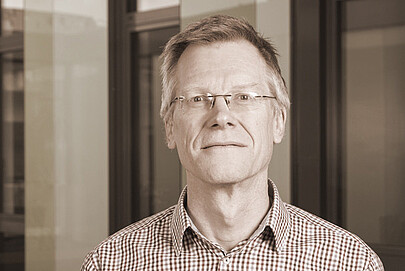

30167 Hannover




